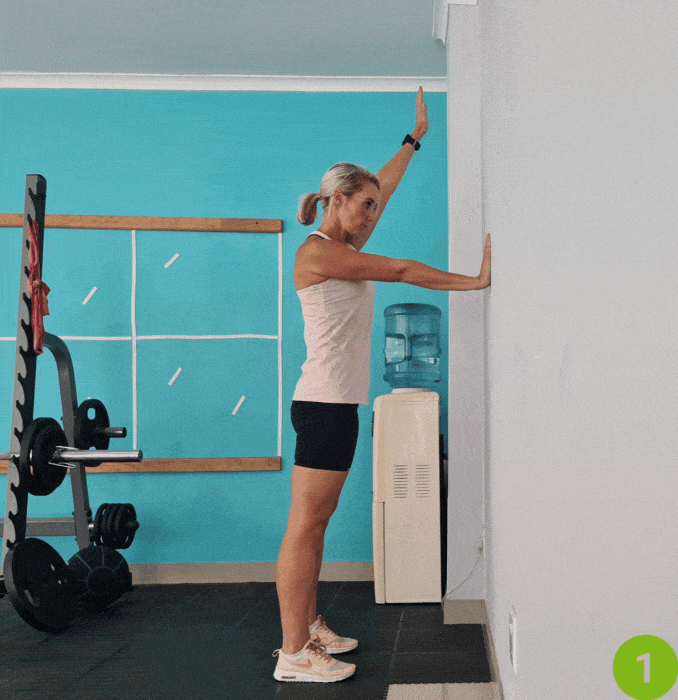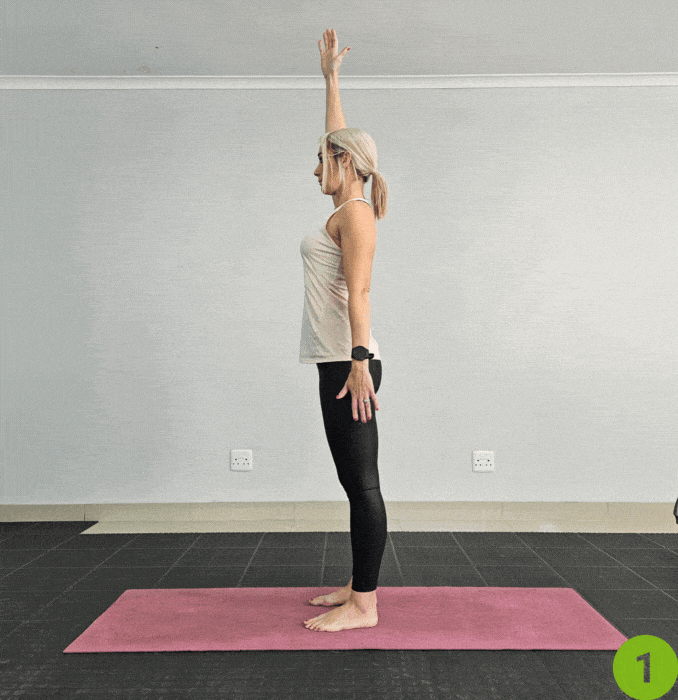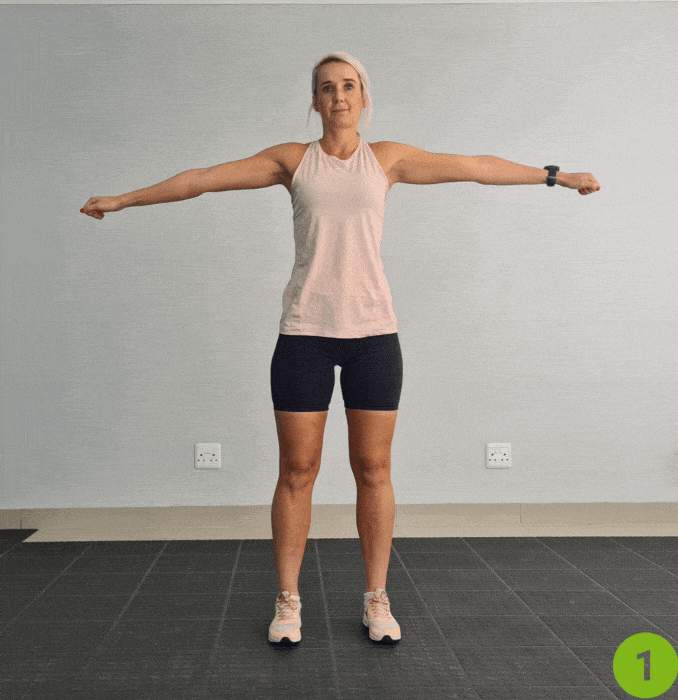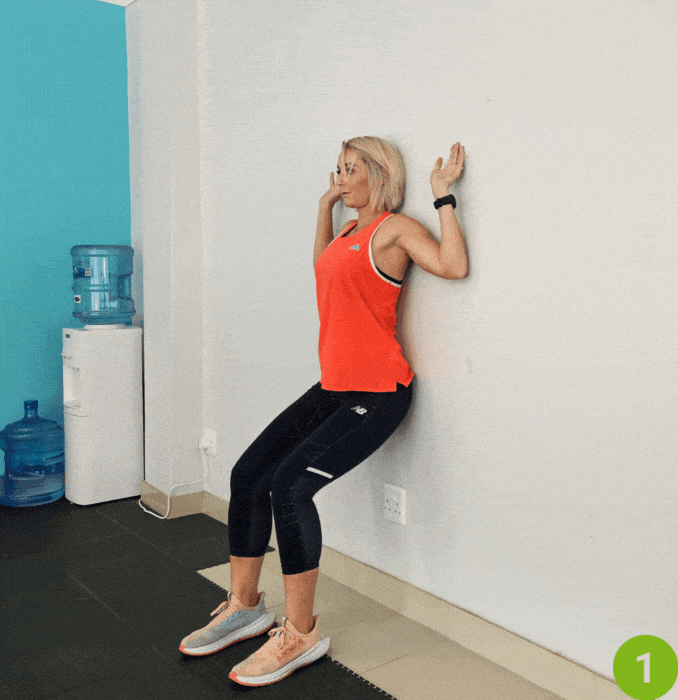Push-ups are my go-to exercises for building strength, toning muscles, and improving endurance. They work many muscles simultaneously—my chest, shoulders, triceps, and core.
But I’ll be honest: I used to struggle with shoulder pain whenever I did push-ups. It was frustrating because I knew how effective the exercise was, but the discomfort made it hard to keep going.
That’s when I discovered how to fix shoulder pain from push-ups a simple adjustment to my form and hand position that completely changed the game.
In this guide, I’ll walk you through exactly what I did to fix my shoulder pain so you can avoid shoulder pain and enjoy push-ups, too.
Understanding Shoulder Pain from Push-Ups

I’ve noticed that shoulder pain during push-ups is pretty common, especially if there’s weakness or instability in the shoulder joint. For me, the pain often came down to improper form or putting too much strain on my shoulders. The joint tension can build up without enough stability, leading to discomfort—or worse, injury.
So, why does this happen? When you do a standard push-up, much of your weight shifts onto the heel of your hand, which can put extra pressure on your shoulder joint. Over time, this stress adds up, making shoulder pain more likely.
According to Michael Braccio, a chiropractor specializing in rehabilitation and performance, one possible cause is the compression of the bicep tendons as you move your shoulder into extension, which can contribute to discomfort or even sharp pain. If you feel sharp pain, it might even be a sign of something like shoulder impingement or other issues, especially if raising your arm or lying on that side also hurts. Trust me, I’ve been there, and understanding what’s causing the problem is the first step to fixing it.
Key Push-Up Techniques to Prevent Shoulder Pain

Preventing shoulder pain during push-ups is easier than you might think—it’s all about making a few smart adjustments to your form. With these shoulder-friendly tips and variations, you can keep push-ups safe, effective, and pain-free.
1. Focus on Proper Form
Start by aligning your body straight from head to heels, keeping your core muscles tight. This helps distribute weight evenly and reduces strain on your shoulders. If you’re a beginner, placing your knees on the floor is a great way to ease into the movement without overloading your shoulders.
2. Experiment with Hand Replacement
Your hand position can make a big difference. Test out narrow-grip or wide-grip push-ups to see what feels best for your shoulders. Small tweaks can provide more comfort and reduce tension in the joints.
3. Try Fist Push-Ups
Switching to fist push-ups (where you balance on your knuckles instead of flat palms) can lower the stress on your shoulders and wrists. It’s a simple adjustment that can have a big impact.
4. Use Incline Push-Ups

Incline push-ups—placing your hands on a raised surface like a bench or countertop—are a fantastic option. They ease the pressure on your shoulders while working the same muscle groups effectively.
Incorporating these variations into your routine will protect your shoulders and build strength safely and comfortably. Give them a try, and you’ll feel the difference!
Adjusting Hand Position for Shoulder Stability
One of the best ways to reduce shoulder strain during push-ups is tweaking your hand position. In a standard push-up, most of your weight tends to rest on the heel of your hand. This can create unnecessary tension in your shoulder joint, specially if your stabilizing muscles aren’t as strong as they could be.
If your hand placement is off, it can also throw off the mechanics of your rotator cuff and limit your shoulder’s mobility, increasing the risk of discomfort or even shoulder impingement [1].
The Key Adjustment
To fix this, try shifting your weight from the heel of your hand to the pads of your fingers and palms. This small adjustment encourages the muscles around your shoulder blades—your scapular muscles—to engage and provide better stability for your shoulder.
By making this change, you’re protecting your shoulders, improving your form, and making push-ups feel more comfortable and effective. Give it a try, and you’ll feel the difference in how supported and pain-free your shoulders feel! If you’re still experiencing discomfort, you might want to look up how to fix shoulder pain from push-ups for more targeted advice.
Step-by-Step: How to Modify Push-Ups for Shoulder Health
Here’s a simple, step-by-step guide to safely modify your push-ups and fix shoulder pain.
- Hand Placement: Place your hands slightly wider than shoulder-width apart. Position your fingers so they’re splayed out for extra support.
- Weight Shift: Instead of pressing through the heel of your hand, shift more of your weight onto the pads of your fingers and the base of your palms. This helps maintain shoulder stability by engaging the upper arm bone (humerus) and surrounding structures.
- Controlled Movement: Lower yourself slowly, focusing on maintaining control and stability. Feel the scapular muscles engage as you move through the exercise.
Shifting your weight may make push-ups feel more challenging, but it’s a crucial step in how to fix shoulder pain from push-ups building shoulder stability and reducing shoulder discomfort during push-ups.
Alternative Exercises for Shoulder Health
Incorporating alternative exercises into your routine can significantly improve shoulder health and alleviate shoulder pain. These exercises target the muscles around the shoulder joint, enhancing both strength and mobility.
1. Wall Plank Reach

- Begin in an upright standing position a few feet away from a wall with your feet shoulder-width apart, maintaining good alignment with your head, shoulders, hips, and legs.
- Place your hands on the wall at shoulder height, keeping your arms straight and your body in a straight line from head to heels.
- Engage your core and lift one hand off the wall, reaching forward as far as possible without breaking alignment.
- Return your hand to the wall and repeat the movement with the opposite hand. Start with 1 set of 10 repetitions on each side.
2. Single Arm Lateral Raise

- Begin in an upright standing position with your feet shoulder-width apart, maintaining good alignment with your head, shoulders, hips, and legs.
- Engage your core and reach one hand overhead.
- Hold the position for a few seconds, then lower your arm back to the starting position.
- Alternatively, repeat the movement on each side. Complete 10 repetitions on each side.
3 . Arm Circles

- Begin in an upright standing position with your feet shoulder-width apart, maintaining good alignment with your head, shoulders, hips, and legs.
- Extend both arms straight out to the sides, parallel to the ground, with your palms facing down. Engage your core and begin making small circles with your arms in a forward direction. Gradually increase the size of the circles as you continue.
- After performing for 20-30 seconds, reverse the direction of the circles and continue for another 20-30 seconds. Complete 1 set of 1 minute of arm circles, alternating directions.
4. Wall Angles

- Begin in an upright standing position behind a wall with your feet shoulder-width apart, maintaining good alignment with your head, shoulders, hips, and legs.
- Press your back flat against a wall, feet about 6 inches away, ensuring that your lower back, upper back, and head touch the wall.
- Engage your core. Bend your arms on the side at shoulder level, then slowly slide your arms up, fully extending your arms overhead. Hold the position for a couple of seconds.
- Then, slowly lower your arms back to the starting position, keeping your elbows and wrists in contact with the wall. Perform 1 set of 10-15 repetitions.
Internal and External Rotation for Shoulder Strength
Strengthening the rotator cuff [2] muscles through internal and external rotation exercises is vital for improving shoulder mobility and reducing pain. These exercises can be performed with a resistance band or light dumbbells.
1. Internal Rotation
- Hold a resistance band or light dumbbell in one hand and bend your elbow to 90 degrees.
- Rotate your shoulder inward, keeping your upper arm still, then return to the starting position.
- Repeat on the other side. This exercise targets the internal rotator cuff muscles, enhancing shoulder stability.
2. External Rotation
- Hold a resistance band or light dumbbell in one hand and bend your elbow to 90 degrees.
- Rotate your shoulder outward, keeping your upper arm still, then return to the starting position.
- Repeat on the other side. This exercise focuses on the external rotator cuff muscles, improving shoulder mobility and reducing the risk of pain during push-ups.
Additional Tips for Shoulder-Friendly Push-Ups
Here are a few extra tips to make sure your push-ups are safe for your shoulders and help with how to fix shoulder pain from push-ups:
- Take It Slow: Moving slower can improve your form and make it easier to maintain control, which reduces stress on your shoulder joints.
- Strengthen Stabilizers: Building up your shoulder stabilizers over time will make this modified form feel more natural.
- Focus on Breathing: Proper breathing helps keep your body stable and supports better movement control during push-ups.
Following these tips will decrease the risk of shoulder pain and improve your overall push-up performance.
When to Seek Medical Attention for Shoulder Pain?

While making adjustments to your push-up form and incorporating alternative exercises can help alleviate shoulder pain, there are times when seeking medical attention is crucial. Persistent or severe shoulder pain should not be ignored.
- Sudden Onset of Pain: If you experience a sudden onset of shoulder pain, seek medical attention immediately. This could indicate a serious injury or condition that requires prompt treatment.
- Severe Pain: If your shoulder pain is severe and interferes with your daily activities, it’s essential to consult a healthcare professional. They can diagnose the underlying cause and recommend appropriate treatment to alleviate pain.
- Limited Mobility: Experiencing limited mobility in your shoulder is a sign that you should seek medical attention. A healthcare professional can identify the cause of your limited mobility and provide a treatment plan to restore your shoulder function.
- Numbness or Tingling: If you feel numbness or tingling in your arm or hand, seeking medical attention is important. This could be a sign of nerve injury or compression that needs to be addressed by a professional.
By recognizing these signs and seeking medical attention when necessary, you can ensure that your shoulder pain is properly diagnosed and treated, allowing you to continue your fitness journey safely.
The Benefits of Proper Push-Up Form for Shoulder Health
Using the correct form and adjusting your hand position during push-ups offers several benefits beyond reducing shoulder pain. This technique activates the scapular stabilizers, which help support your shoulders, prevent injuries, and ultimately make you stronger in the long run. Engaging these muscles also means less reliance on the shoulder joint, allowing for a safer and more effective workout.
With this push-up technique for reducing shoulder pain, you’re protecting your shoulders and optimizing your workout, making push-ups a truly beneficial exercise for your entire upper body.
Conclusion
If shoulder pain has been holding you back during push-ups, try this simple adjustment. Shifting your weight onto the pads of your fingers and palms might feel tricky initially, but it’s an incredibly effective way to how to fix shoulder pain from push-ups protect your shoulders and build strength without discomfort.
Start slow, focus on maintaining good form, and stick with it consistently. This small change can make a big difference in keeping your shoulders healthy and helping you get the most out of your push-ups.
Take care of those shoulders, and here’s to stronger, pain-free push-ups! You’ve got this!
Ready to conquer push-ups without shoulder pain? Discover the game-changing adjustments and exercises to strengthen your shoulders and make push-ups enjoyable again – dive in now and check out our Shoulder Pain Solved guide!
FAQ’s
What to do if your shoulder hurts from push-ups?
Stop doing push-ups immediately, check your form, and apply ice or heat for relief. Modify your push-ups or consult a professional if pain persists.
Why does my shoulder hurt when I push upwards?
Shoulder pain during push-ups can result from weak rotator cuffs, improper form, or muscle imbalances that strain the shoulder joint.
How to do push-ups correctly without shoulder pain?
Keep your body straight, engage your core, and place your hands slightly wider than shoulder-width with elbows at a 45-degree angle to reduce shoulder strain.
What helps with pain after push-ups?
Rest your shoulder, apply ice or heat, stretch, and perform strengthening exercises to improve stability and prevent further pain.
How do I know if I’m doing push-ups wrong?
Signs of improper form include flaring elbows, sagging hips, arched back, or experiencing sharp shoulder pain during the movement.


